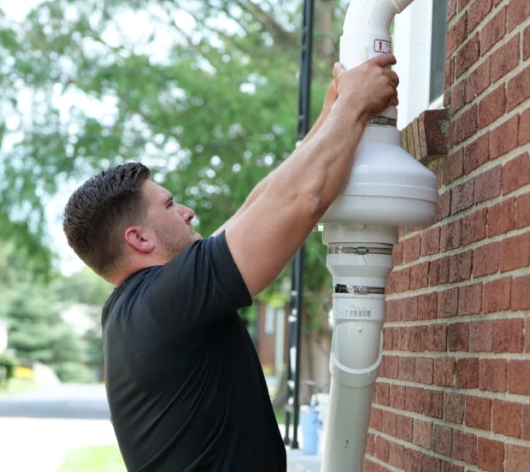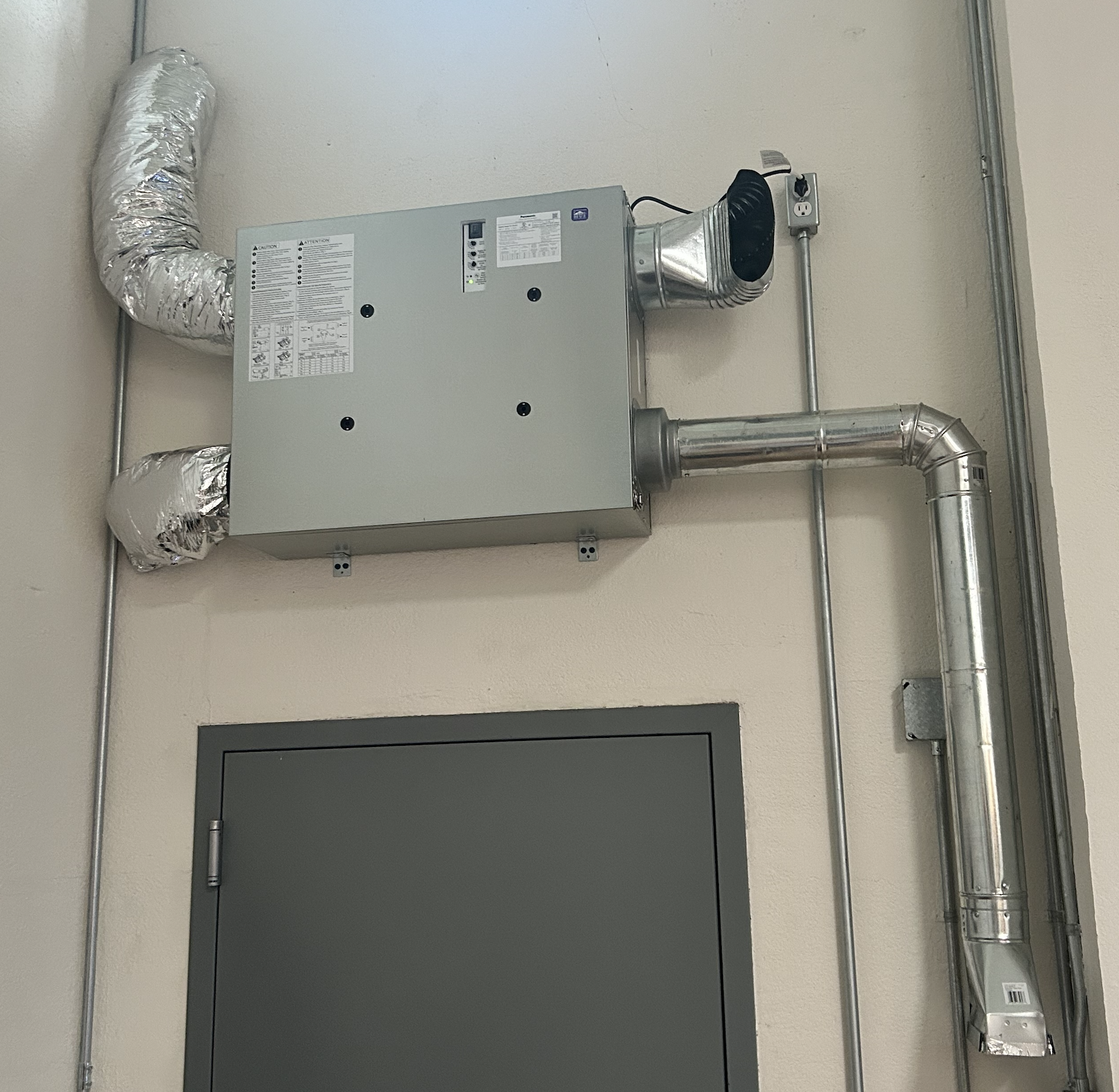
Radon mitigation is all about reducing radon gas levels in your home to keep you and your family safe. If tests show that your home has high radon levels, it’s time to take action. That’s where Radon Testing and Mitigation Inc. comes in. We specialize in testing for radon and taking a personalized approach to mitigate it from your home or commercial property. We proudly serve the Atlanta area and we’re here to help you make your home healthy and safe.

Sub-Slab Depressurization: This is the most common and effective radon mitigation method. It involves installing a vent pipe system and fan to draw radon from beneath the house and vent it to the outside, preventing it from entering the home.
Sub-Membrane Depressurization: Used in homes with crawl spaces, this method involves covering the earth floor with a high-density plastic sheet and using a vent pipe and fan to draw radon from under the sheet to the outside.
Ventilation Without a Fan: Involves installing a vent pipe system similar to active soil depressurization but without a fan. This method relies on natural pressure differentials and thermal stack effects to vent radon. It is less effective than active systems but can be improved by adding a fan later if necessary.
Reducing Entry Points: Sealing cracks and openings in the foundation and walls can help limit the pathways through which radon can enter the home. While not effective as a standalone solution, sealing is often used in conjunction with other mitigation methods to enhance their effectiveness.
Increased Air Exchange: Increasing the ventilation in a home can help reduce radon levels by diluting the indoor air with outdoor air. This can be achieved through natural ventilation (opening windows and vents) or mechanical ventilation systems that continuously exchange indoor and outdoor air.
Balanced Ventilation: These systems provide continuous ventilation while minimizing energy loss. HRVs and ERVs exchange stale indoor air with fresh outdoor air, recovering heat (and sometimes moisture) from the outgoing air to condition the incoming air. This method helps reduce radon levels and improve indoor air quality.
Drain Tile or Perforated Pipe: In homes with a basement or slab-on-grade foundation, a sub-drainage system can be installed to collect radon from beneath the foundation and vent it outside. This method is often used in conjunction with a sub-slab depressurization system.
Pressurization of Living Space: These systems work by blowing air into the home to create positive pressure, which helps prevent radon from entering. They are less common and may be used in certain building designs where other methods are not feasible.
Multiple Methods: Sometimes, a combination of several mitigation strategies may be used to achieve the desired radon reduction, especially in complex building structures or areas with extremely high radon levels. Regular testing and maintenance are crucial to ensure the long-term success of any radon mitigation effort.



